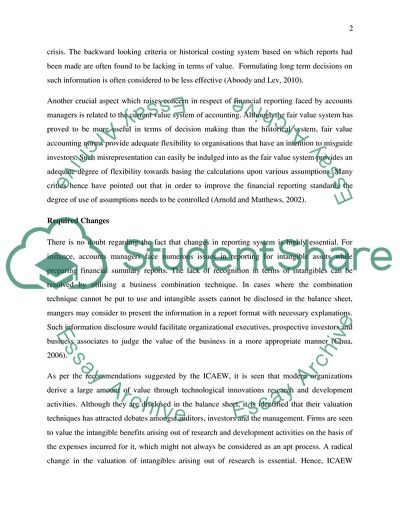Cite this document
(“Limitations to Financial Reporting Institute of Chartered Accountants Essay”, n.d.)
Retrieved from https://studentshare.org/finance-accounting/1701097-limitations-to-financial-reporting-institute-of-chartered-accountants-in-england-and-wales
Retrieved from https://studentshare.org/finance-accounting/1701097-limitations-to-financial-reporting-institute-of-chartered-accountants-in-england-and-wales
(Limitations to Financial Reporting Institute of Chartered Accountants Essay)
https://studentshare.org/finance-accounting/1701097-limitations-to-financial-reporting-institute-of-chartered-accountants-in-england-and-wales.
https://studentshare.org/finance-accounting/1701097-limitations-to-financial-reporting-institute-of-chartered-accountants-in-england-and-wales.
“Limitations to Financial Reporting Institute of Chartered Accountants Essay”, n.d. https://studentshare.org/finance-accounting/1701097-limitations-to-financial-reporting-institute-of-chartered-accountants-in-england-and-wales.


